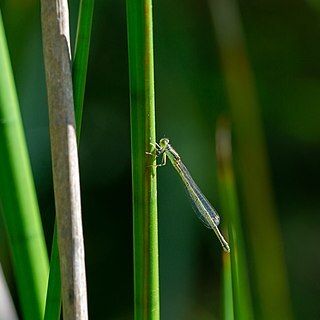A sedge. These grow in clumps and have grass like leaves and solid stalks. It is a robust plant which grows in water. It sticks up above the water. It grows to 1.5 m high and spreads to 1 m across. The rhizome roots in the mud. The underground stem or rhizome is 5-6 mm across. The rhizome is thick and woody and produces 2 rows of stems. These stems are 0.5-2 m long by 0.5-1.1 cm wide. They are long narrow stalks which are hollow. The end is blunt. They are leafless. They can produce sterile scales or a flower arrangement. The flower spike is 3-6.5 cm long by 0.4-1.3 cm wide. The fruit is a nut about 0.2 cm long. It is yellow and hard.
Very closely allied to E. dulcis. Rhizome woody, very stout, shortly creeping, up to 1 cm thick, never producing tubers. Stems in a close linear series, up to 2 m tall and 12 mm thick. Spikelet acute, 8-9 mm wide. Glumes densely packed, light brown, 7½-9 mm long. Bristles 8-10, at least partly reaching the top of the style-base or overtopping it. Anthers 3½-4 mm long. Nut broadly obovate to orbicular, with somewhat costulate margins and a definite longitudinal furrow on the anticous side, light yellowish to tawny or pale brown, 2.2-2½ by 1.8-2.2 mm. Style-base from ½ to fully as long as the nut.

